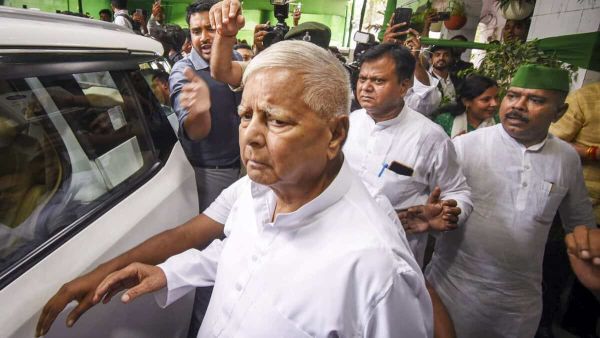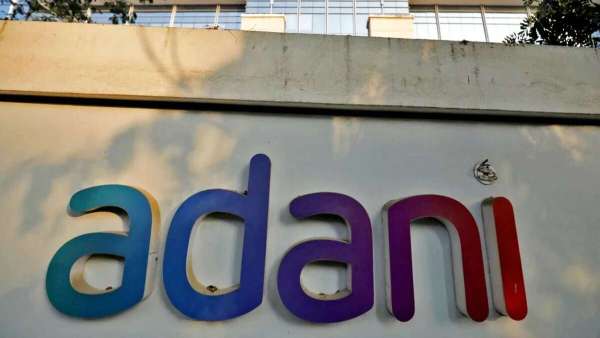

Last Updated:
Food sequencing refers to the order in which you eat the different components of your meal – starting with fibres, then lean proteins, and ending with carbohydrates.
Samantha Ruth Prabhu revealed she uses food sequencing to manage blood sugar.
For diabetics, monitoring their blood sugar levels is one of the crucial aspects in their health management. A slight spike in insulin can wreak havoc on their health. While most people with diabetes do take into consideration the food that they eat, what can turn to be a gamechanger is the order in which they eat. Actor Samantha Ruth Prabhu recently talked about how this method has helped her manage her blood sugar levels effectively.
In a recent media interaction, Samantha Ruth Prabhu shared her handy trick that has helped her manage her blood sugar. She talked about how she used a glucose monitor to keep an eye on her glucose levels. She noted that even though she was eating healthy, she would notice a spike in her insulin levels. She revealed that this changed when she tried food sequencing. She said, “I was wearing a glucose monitor just to check my spikes, and I realised that even though my meal was extremely healthy, there were some unusual spikes. So I started eating my vegetables first, protein second, and carbs last, and it really helped reduce the spikes.”
What Is Food Sequencing?
Food sequencing is gaining traction as a practical, science-backed strategy to manage blood sugar, boost satiety, and improve digestion. At its core, food sequencing means eating different components of your meal in a specific order – starting with fibre-rich vegetables, then lean proteins or healthy fats, and ending with carbohydrates like rice, bread, or dessert.
How Food Sequencing Works?
When you eat fibrous foods and proteins before carbohydrates, you naturally slow down gastric emptying – the rate at which food leaves the stomach. This delays the breakdown and absorption of sugars in your meal, leading to a more gradual rise in blood glucose levels.
According to researchers at UCLA Health, this order of eating encourages better glucose management, reduces post-meal sugar spikes, and enhances insulin response.
Why Does the Order of Food Matter?
After eating, our blood sugar levels typically rise. But when we consume simple or refined carbs – like white rice, bread, or sugary beverages – first, the sugar enters the bloodstream quickly, causing a sharp spike in glucose. Over time, these repeated spikes can contribute to insulin resistance, inflammation, and type 2 diabetes.
On the flip side, eating vegetables and proteins first forms a natural “buffer,” slowing sugar absorption and helping the body maintain more stable energy and insulin levels.
A 2022 long-term study on individuals with type 2 diabetes found that those who practised food sequencing had significantly lower HbA1c levels (a key indicator of blood sugar control) over five years, compared to those who didn’t follow a specific order.
What Are The Benefits Of Food Sequencing?
- Promotes satiety
- Supports weight management
- Reduces inflammation
- Improves energy and focus
- Enhances digestion
Simple Tips To Start Practising Food Sequencing
- 1. Begin your meals with vegetables like sautéed spinach, okra, broccoli, or a salad.
- 2. Next, add proteins such as lentils (dal), paneer, tofu, chicken, fish, or eggs.
- 3. Finish with whole carbohydrates, such as brown rice, millets, whole-wheat roti, or quinoa.
- 4. Skip sugary drinks during meals – opt for water, buttermilk, or infused herbal teas instead.
- 5. Opt for lean proteins and plant-based options, which are gentler on digestion and reduce inflammation.
- 6. Be mindful of portion sizes, even when sequencing – balance is key.
Who Should Try Food Sequencing?
This method is particularly beneficial for:
- People with type 2 diabetes or prediabetes
- Individuals with PCOS
- Anyone looking to improve energy stability, digestive health, or prevent sugar cravings
However, while food sequencing is a gentle and accessible approach, it’s always wise to consult a healthcare provider or registered dietitian before making significant changes.
- Location :
Delhi, India, India
- First Published:
-
Mass shootings in Pennsylvania, Indiana leave multiple injured

-
RJD chief Lalu Prasad seeks re-election, files nomination papers

-
Uttarakhand HC stays panchayat elections over reservation dispute

-
Adani commissions India’s first off-grid green hydrogen pilot plant

-
Actress embraces Hijab, slams haters: ‘Going to follow what…’
